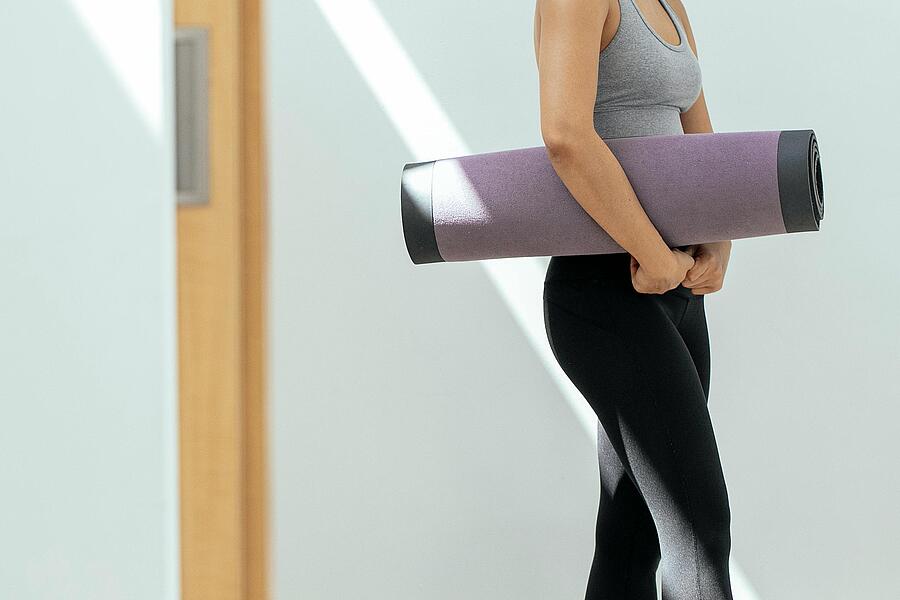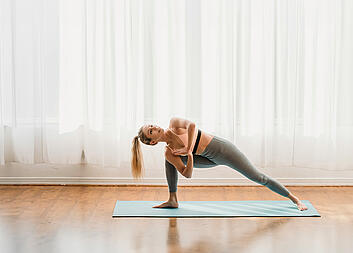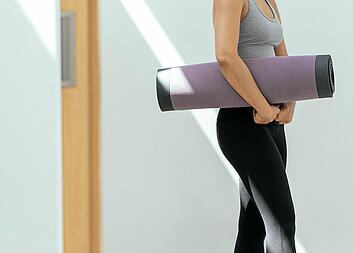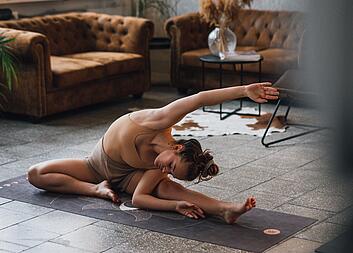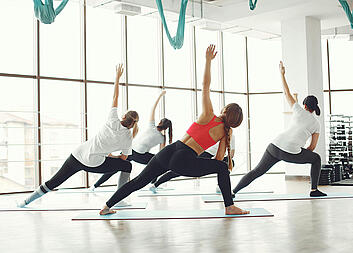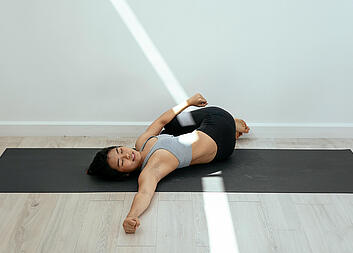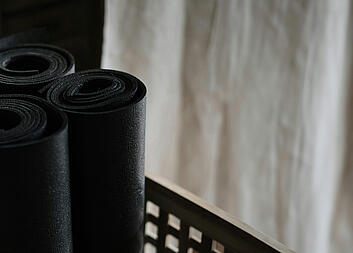1. Centering
Centering, also known as the powerhouse, is the core of every Pilates exercise. The powerhouse includes the muscles of the abdomen, lower back, pelvic floor, and hips. Activating this core musculature stabilizes the trunk, which is essential for efficient and safe execution of the exercises. A strong core improves posture and supports all body movements.
2. Breathing
Breathing plays a central role in Pilates training. Conscious breathing not only helps to improve oxygen supply to the muscles but also supports movement sequences and promotes concentration. Pilates often uses lateral thoracic breathing, where the ribs expand sideways to maintain the stability of the powerhouse.
3. Control
Pilates exercises are performed with the utmost precision and control. Each movement is consciously controlled to ensure correct technique and avoid injury. This control requires a high degree of concentration and muscle coordination, which increases the effectiveness of the training.
4.Concentration
Pilates requires full mental attention. By focusing on the precise execution of each movement, body awareness is trained and the connection between body and mind is strengthened. This mental focus helps to perform the exercises correctly and achieve the best results.
5.Precision
In Pilates, quality takes precedence over quantity. Each exercise is performed as precisely as possible to effectively train the targeted muscle groups and achieve the greatest benefit. This precision ensures that movements are performed harmoniously and safely.
6.Flow of Movement
In Pilates, exercises are performed in a continuous, flowing sequence of movements. This flow of movement helps to make the exercises more efficient and to evenly distribute the load on the muscles. Smooth transitions between exercises also promote endurance and coordination.


